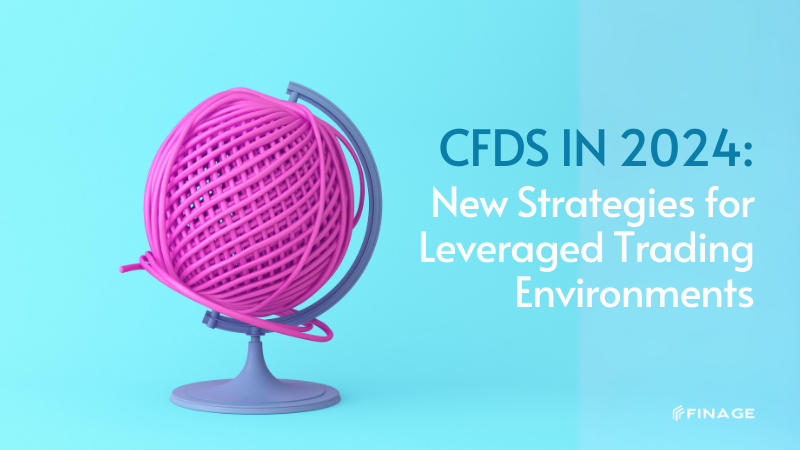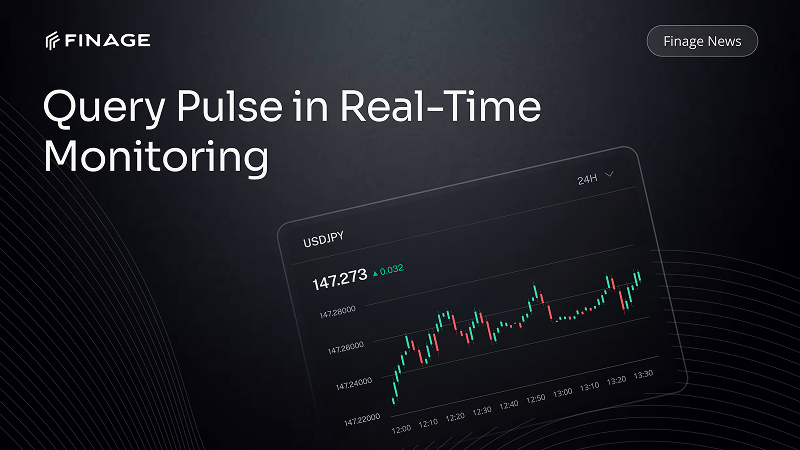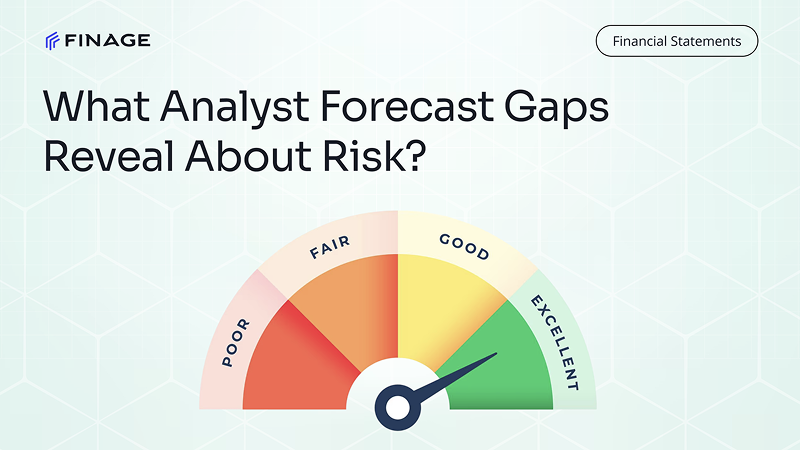CFDs in 2024: New Strategies for Leveraged Trading Environments
5 min read • May 7, 2024

Introduction
As we move into 2024, the landscape of leveraged trading is undergoing significant transformations, particularly in the realm of Contracts for Difference (CFDs). These financial instruments, which allow traders to speculate on the price movements of rapidly changing global markets without owning the underlying assets, are being shaped by both innovative trading strategies and breakthrough technologies. This evolution in the CFD market presents traders with enhanced opportunities to maximize returns, provided they can adeptly manage the associated risks. This blog post aims to dive into the latest strategies that have emerged for navigating the CFD market effectively, highlighting how traders can leverage these developments to their advantage.
The ongoing introduction of advanced technologies and methodologies in trading strategies is pivotal for traders aiming to capitalize on the capabilities of CFDs. As the financial markets become more volatile and complex, the importance of using sophisticated tools and strategies to make informed trading decisions becomes crucial. Technologies such as artificial intelligence (AI) and machine learning are now at the forefront, offering traders new ways to analyze data, predict market trends, and execute trades with greater precision. These tools not only enhance the ability to identify profitable opportunities but also help in managing the risks more effectively by providing deeper insights into market behavior.
Moreover, as the CFD market continues to mature, traders must stay informed about the latest market developments and regulatory changes that could impact their trading activities. Regulatory bodies around the world are tightening their oversight of leveraged products to protect investors from significant losses, which could alter trading strategies. Keeping abreast of these regulations, understanding their implications, and adapting strategies accordingly is essential for success. Traders must also commit to ongoing education and adaptability to navigate the CFD market with confidence and competence, ensuring they can respond dynamically to changes and maintain profitability in a competitive trading environment.
Understanding CFDs in the Current Market
CFDs are complex financial instruments that offer traders the opportunity to profit from price movements without owning the underlying assets. The nature of CFDs allows for high leverage, meaning traders can multiply their exposure to a financial market without committing a large amount of capital upfront. However, this also increases the potential for higher losses, making it essential to understand the market conditions and leverage risks associated with CFD trading as they stand in 2024.
Strategic Risk Management
Effective risk management is critical in CFD trading, especially in a leveraged environment. Traders must employ comprehensive risk management strategies to safeguard their investments. This includes setting stop-loss orders to automatically close positions at a specified price, thereby limiting potential losses. Additionally, diversifying trading portfolios to spread risk and using hedging strategies to offset potential losses are crucial techniques in today’s market.
The Role of Technology in CFD Trading
Technological advancements have significantly impacted CFD trading, introducing more sophisticated trading platforms and analytical tools. In 2024, traders are leveraging algorithmic trading systems that can automatically execute trades based on pre-set criteria, thus enhancing the speed and efficiency of trading. Furthermore, AI and machine learning are increasingly being employed to predict market movements and identify trading opportunities based on historical data and real-time market analysis.
Adapting to Regulatory Changes
The regulatory landscape for CFD trading continues to evolve, with new regulations introduced to protect retail investors from the high risks associated with leveraged products. Traders need to stay informed about these changes to ensure compliance and to adjust their trading strategies accordingly. Understanding the impact of these regulations is essential for both new and seasoned traders in navigating the CFD market effectively.
Building a Sustainable Trading Plan
Developing a robust trading plan is vital for sustained success in CFD trading. This plan should outline the trader’s financial goals, risk tolerance, and strategies for entering and exiting trades. Regularly reviewing and adjusting the trading plan based on market changes and personal performance is also crucial for continual improvement and adaptation to the dynamic CFD market.
Conclusion
The CFD market in 2024 presents a unique blend of opportunities and challenges that demand traders to be well-equipped with the right knowledge, strategic insight, and technological tools. As these financial instruments become increasingly integrated with advanced technologies, understanding the intricacies of CFDs is crucial. Traders must develop a solid foundation in both the fundamental and technical aspects of market operations. This includes a deep dive into the mechanics of CFDs, an understanding of the global economic factors that influence market movements, and a mastery of the trading platforms and tools at their disposal. Additionally, robust risk management practices are essential to safeguard investments and ensure sustainable trading outcomes in an environment where market conditions can shift rapidly.
Employing rigorous risk management techniques is paramount for traders in the CFD market to navigate its volatility successfully. Strategies such as setting stop-loss orders, monitoring leverage closely, and diversifying trading portfolios are critical in mitigating potential losses. Leveraging the latest technological advancements can also provide traders with a significant edge. Tools that utilize AI and data analytics for predictive insights and automated trading can help traders make more informed decisions and respond swiftly to market changes. Moreover, adapting to regulatory changes remains a constant requirement, as compliance ensures legal trading and enhances the credibility and security of trading operations.
As the CFD trading landscape continues to evolve, the necessity for continuous education and adaptability becomes more apparent. Traders who commit to ongoing learning and stay abreast of new trading strategies, technological developments, and regulatory updates are more likely to succeed. The ability to quickly adapt to a changing market, shift strategies in response to new information, and utilize innovative tools and approaches will distinguish successful traders in the CFD market. Ultimately, the combination of knowledgeable preparation, strategic execution, and adaptive thinking will be crucial for traders aiming to achieve long-term success in the competitive world of CFD trading in 2024.
You can get your CFDs Indices Market Data with an Index API key.
Build with us today!
Claim Your Free API Key Today
Access stock, forex and crypto market data with a free API key—no credit card required.

Stay Informed, Stay Ahead
Finage Blog: Data-Driven Insights & Ideas
Discover company news, announcements, updates, guides and more

.png)
